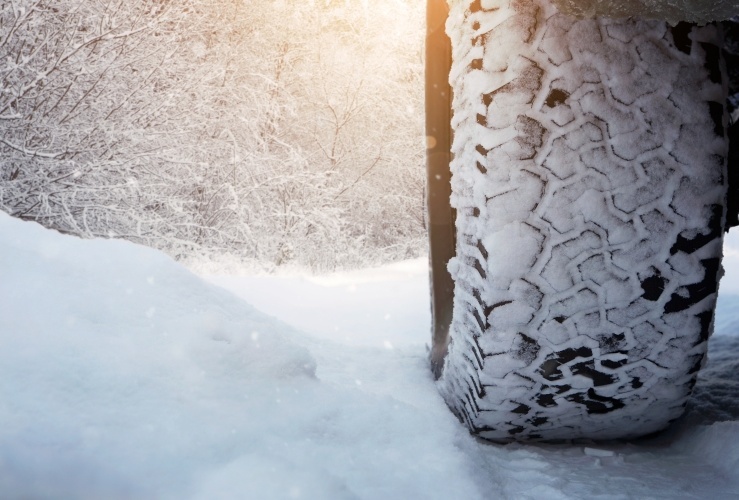
It is said that it doesn't often get cold enough during the winter months in the UK to warrant the use of cold weather tyres. But is this really true? Evidence suggests, perhaps not.
Yes, unlike certain countries in mainland Europe it is not a requirement to switch to cold weather tyres during the winter months. Also, it is rare that we get as much snow or ice as the Scandinavian countries, for example, but it isn't just in blizzards that cold weather tyres will work to your advantage.
Winter tyres are effective at maintaining traction when the temperatures are low. They are better than summer tyres for this purpose when the temperature gets close to zero, as is the case for much of winter in many parts of the country.
In fact, figures from the Department of Transport show that, in 2012, there could have been 5,000 fewer collisions if drivers had decided to swap their standard tyres for winter tyres.
Some may suggest that when the roads have had grit or salt put on them then having summer tyres on the car means they should still be able to maintain traction. However, then you are reliant on your local council sending gritters around. Additionally, if you live in a fairly remote part of the country then you may find that grit or salt is not put on the roads that you use and you may have to deal with adverse weather conditions for longer.
There are a few reasons why cold weather tyres are best for maintaining traction during winter, particularly when it is wet, snowy or icy. Part of this is because of the material that they are made from. They use a tread rubber compound with high silica content and the tread pattern is specifically designed to stay flexible when temperatures fall below seven degrees centigrade.
The amount of grooves in the tread of a winter tyre is also markedly different to that of a summer tyre and explains partly why traction is much improved with the former. There are around 200 grooves in a summer tyre, while in a winter tyre this rises to 1,500.
If you decide to buy winter tyres then these are available from most of the main tyre manufacturers. You can check if the tyres you are looking at are suitable for the winter months by looking at the sidewall, which will be marked with the symbol of a snowflake or snow-capped mountains.
Some suppliers of winter tyres may also offer to provide these pre-fitted with a set of steel wheels. However, if you are switching alloy wheels to steel wheels then you may need to use different wheel nuts too. This is something you should ask your wheel supplier or car manufacturer for advice on.
Bear in mind also that you must fit winter tyres in sets of four. The reason for this is that if you only fit one pair then this will affect the balance and stability of your car.
Some people may feel that winter tyres are not necessary. Indeed, a number of drivers simply opt not to use their cars when there is ice or snow on the road. Some drivers also do not feel they use their cars enough to justify the cost.
If you are one of these drivers, there are other alternatives to putting winter tyres on. For example, you could opt instead to buy all season tyres. These also have a high silica content so that your tyres remain flexible when the temperature drops and the tread pattern tends to sit somewhere in between a summer and winter tyre design. Bear in mind, however, that they will not be quite as good overall in summer as high-end summer tyres or in cold conditions as high-end winter tyres.




